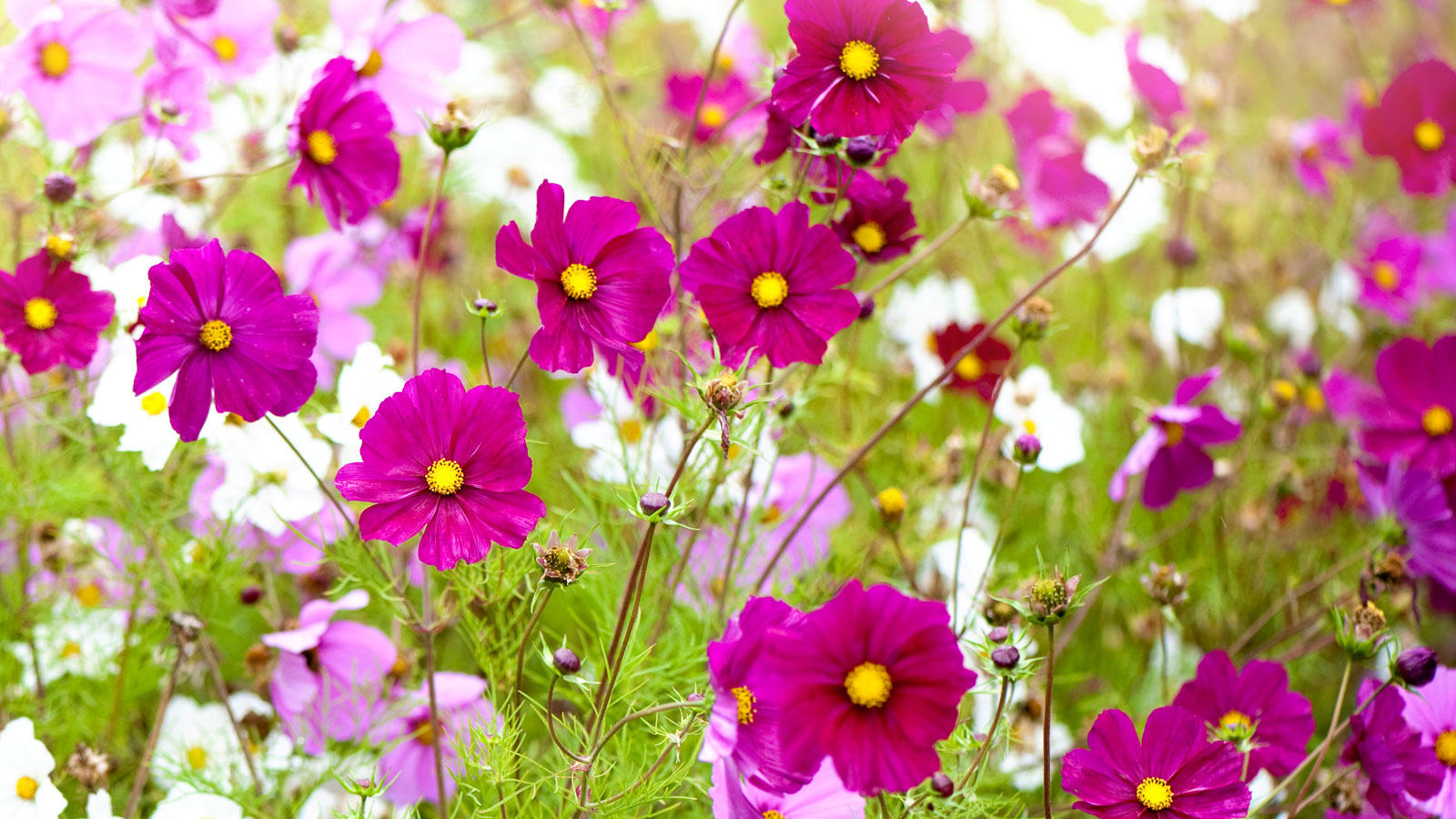Top 10 Self-Seeding Annuals That Come Back Each Year


Everyone loves annuals because they're flashy and they fill in flower bed space, giving you color and visual interest all summer. But wouldn't it be great if you could get those advantages along with a plant that comes back year after year? You can if you select annuals that re-seed themselves. Here are the top 10 self-seeding annual plants:
1. Alyssum. This pretty, sweet-smelling flower grows like a mat, which makes it perfect for edges of beds and walkways or even around the edge of a mixed container. Avoid hybrids of alyssum, though, as they may not grow true from seed.
2. Nasturtium. Nasturtium flowers provide bright, sunny blooms,but also edible leaves and flowers. Let the seeds drop after the plants bloom and you should get them back next year.
3. Calendula. Also known as pot marigold, this is another sunny-colored flower that is edible. Let some of the flowers proceed to seed and get more next season.
4. Hyacinth bean. Go for this climbing vine if purple is your color. Hyacinth bean produces purple flowers, stems, seed pods, and even leaf undersides. Both the flowers and seed pods are attractive and decorative.
5. Balsam. For a self-seeding annual to grow in your most difficult shady spot, try balsam, or touch-me-not. These are related to impatiens, and they will grow rapidly up to 18 inches (46 cm.) tall and self-seed with vigor.
6. Tobacco plant. These plants are easy to grow in a variety of conditions and will reach heights up to three feet (one meter). You'll get pretty flowers in red, pink, purple, white, or even chartreuse. In addition to a self-sower, expect tobacco flower to bring hummingbirds to your garden.
Gardening tips, videos, info and more delivered right to your inbox!
Sign up for the Gardening Know How newsletter today and receive a free copy of our e-book "How to Grow Delicious Tomatoes".
7. Vine petunias. Petunia is a popular annual for its showy, abundant, trumpet-shaped flowers. Unlike typical petunia annuals, the vine petunia will grow well in some shade and will spread to cover the ground or climb up a trellis.
8. Cosmos. These pretty flowers bloom abundantly and can give you a wide range of colors. Try delicate pastel blossoms or bold and vibrant reds or oranges. Cosmos is a good self-seeder and also draws pollinators.
9. Forget-me-nots. With delicate little lavender or blue flowers, forget-me-nots are definitely hard to forget. They self-seed more readily than almost any other flower, to the extent that you may need to thin them a little bit each year to keep your beds manageable.
10. Gloriosa daisy. This pretty annual variety wins out against its perennial cousin black-eyed-Susan in stunning and bold appearance. As an annual, though, you do have to rely on its re-seeding itself to get more next year, so let some of those gloriosa daisy flowers develop seeds.
Why plant annuals year after year? Work smarter, not harder in the garden. Use varieties of annuals that will happily re-seed themselves and appear again next spring.

Mary Ellen Ellis has been gardening for over 20 years. With degrees in Chemistry and Biology, Mary Ellen's specialties are flowers, native plants, and herbs.
-
 Never Plant Seedlings Until They Pass These 3 Simple Tests
Never Plant Seedlings Until They Pass These 3 Simple TestsDon't be over-eager to transplant seedlings into the garden before they are ready. These quick and easy checks will help ensure flourishing plants.
By Mary Ellen Ellis
-
 Grow ‘Karl Rosenfield’ Peony Plants For The Ultimate Frilly Border Beauties And Cut Flowers
Grow ‘Karl Rosenfield’ Peony Plants For The Ultimate Frilly Border Beauties And Cut FlowersFor frilly double magenta peony petals infused with a heady fragrance, grow ‘Karl Rosenfield’ peony plants. Here’s how to cultivate the ultimate plushy blooms
By Tonya Barnett